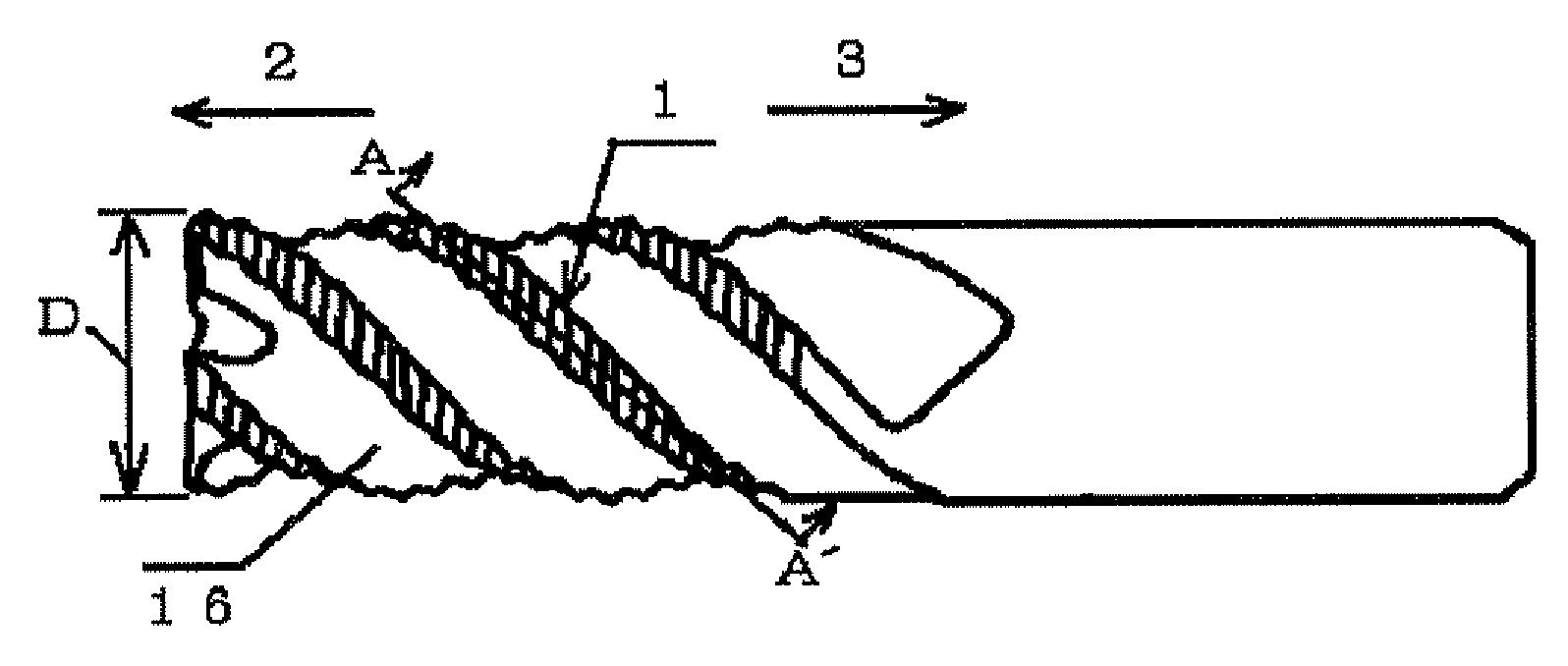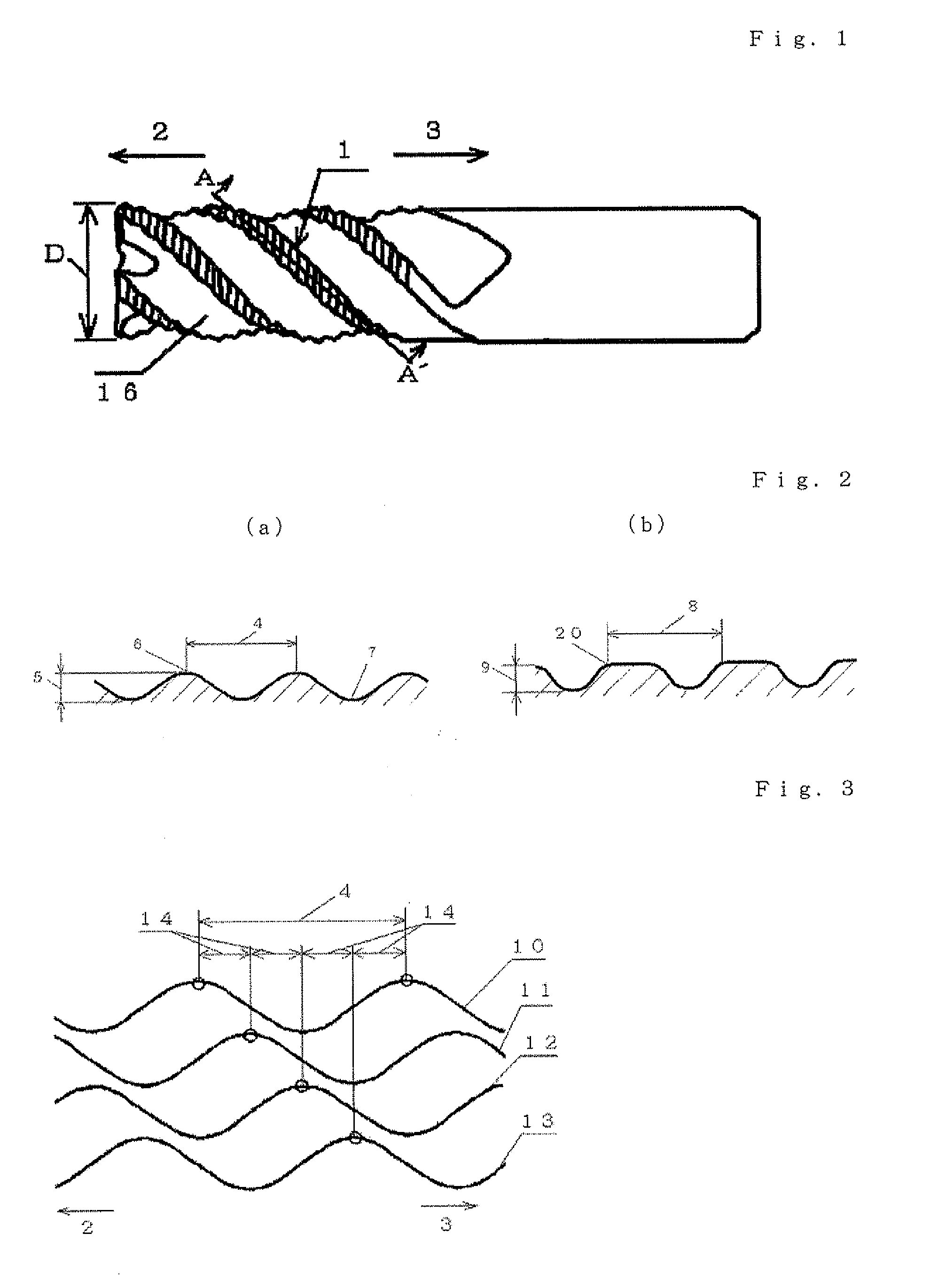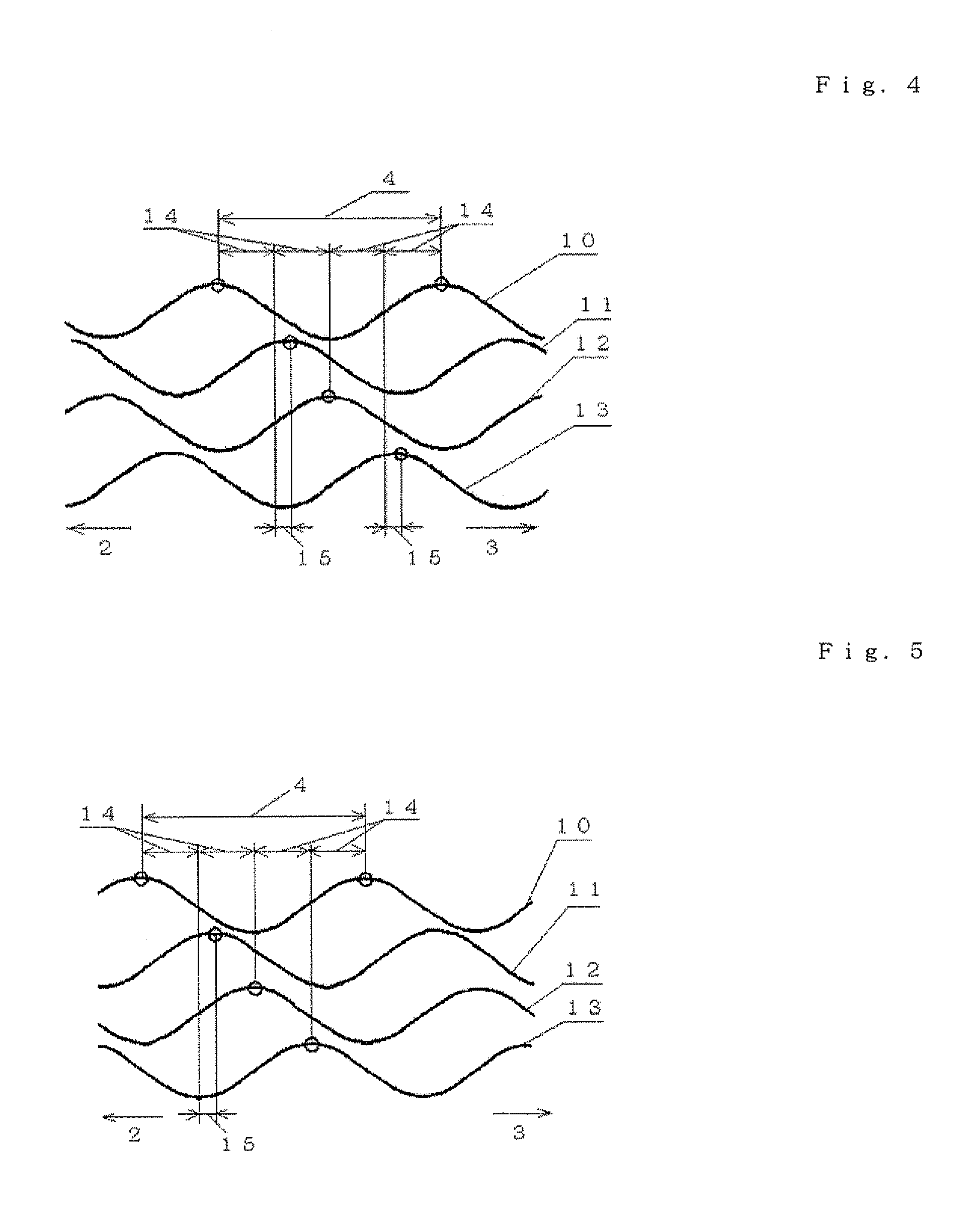Carbide end mill and cutting method using the end mill
- Summary
- Abstract
- Description
- Claims
- Application Information
AI Technical Summary
Benefits of technology
Problems solved by technology
Method used
Image
Examples
examples
[0234]The present invention will next be described in more detail by way of examples, which should not be construed as limiting the invention thereto.
[0235]Examples are classified into five groups according to their purposes; specifically, the following Example A, Example B, Example C, Example D, and Example E:
example a
in which the optimal shape of peripheral cutting edges of the end mill of the present invention is confirmed (Examples A1 to A6);
example b
in which the shape of nicks is optimized in the end mill of the present invention (Examples B1 and B2);
PUM
 Login to View More
Login to View More Abstract
Description
Claims
Application Information
 Login to View More
Login to View More - R&D
- Intellectual Property
- Life Sciences
- Materials
- Tech Scout
- Unparalleled Data Quality
- Higher Quality Content
- 60% Fewer Hallucinations
Browse by: Latest US Patents, China's latest patents, Technical Efficacy Thesaurus, Application Domain, Technology Topic, Popular Technical Reports.
© 2025 PatSnap. All rights reserved.Legal|Privacy policy|Modern Slavery Act Transparency Statement|Sitemap|About US| Contact US: help@patsnap.com



